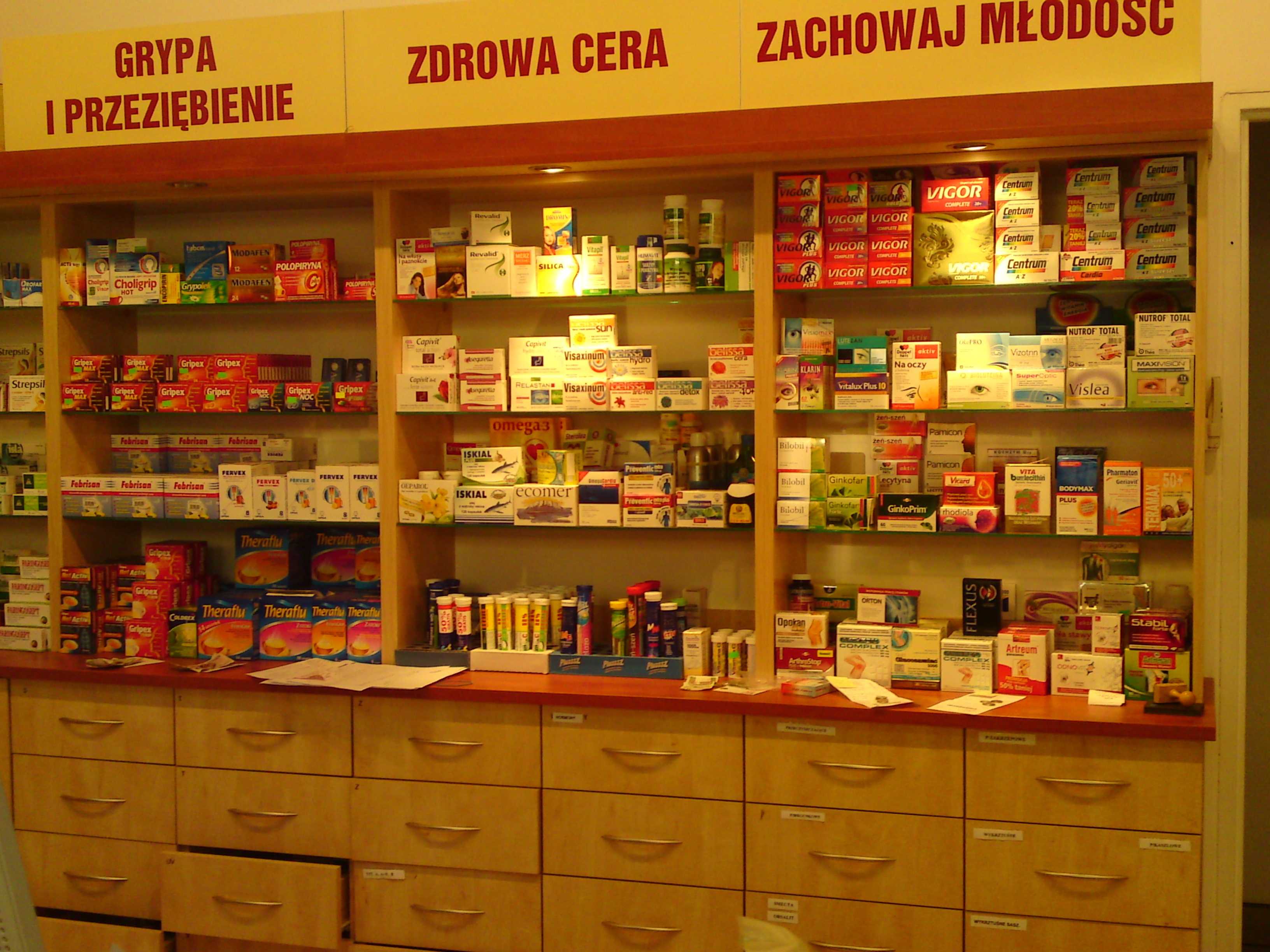-
Joints
Joints \”Joints, also known as articulations, are the fascinating intersections in the human body where bones meet. They are the unsung heroes of our daily lives, enabling us to per a myriad of movements, from simple gestures like waving hello to complex physical activities like gymnastics or martial arts. The human body, with its 206…
-
Skeletal System
Skeletal system “The skeletal system, often viewed as the rigid and unchanging framework of our bodies, is a dynamic and complex structure that plays a vital role in our daily lives. Composed of bones, joints, cartilage, and ligaments, it serves as the sturdy scaffold that not only gives our body its shape but also protects…
-
Integumentary system
Integumentary system The integumentary system is your body’s outer layer and is composed of the skin, hair, nails, and glands. It is the largest system in the human body and plays a crucial role in protecting and maintaining homeostasis. This system acts as a physical barrier, protecting your body from bacteria, infection, injury, and sunlight.…
-
Tissue Level of Organisation
Tissue level of organisation In the article \”tissue level of organisation\”, we will explore the fundamental building block of the human body – the tissue. Tissues are collections of similar cells that work together to per specific functions. We will discuss the four main types of human tissues – epithelial, connective, muscle, and nervous –…
-
General Principles of Cell Communication
General Principles of Cell Communication Cell communication is the intricate process by which cells interact with each other and their environment. Whether a cell exists in isolation within a pond or is part of a larger organism, its ability to communicate efficiently is essential. Here are the key points about cell communication: Types of Signaling…
-
Cell Junctions
Cell junctions Cell junctions are cellular structures, made up of multiprotein complexes. Cell junctions play a crucial role in maintaining the structural integrity and functioning coordination of tissue in multicellular organisms. In humans cell junction serve as a building block of a biological connectivity, facilitating communication and cooperation between neighbouring cells. Cell junctions also helps…
-
Cell Division: Mitosis and Meiosis
Cell division Cell division is the fundamental biological process essential for growth, development and maintenance of living organisms. Cell division ensures the accurate distribution of genetic material from parent to daughter cells. During the process of cell division, cells rapidly replicate and divide, playing important role in maintaining the stability and functionality of tissues and…
-
Transport across cell membrane
Introduction Cell is the basic unit of life. Cell pers various functions in the body. The cell transports ions, molecules and nutrients across the cell membrane via various mechanisms. Based on the energy requirement cell transport cane be classified as active transport and passive transport. This transport across the cell membrane is important for maintaining…
-
Structure and Function of Cell
Introduction Cell is the smallest functional unit of the human body. Individual cells are very tiny in nature and cannot be seen with naked eyes. A group of cell comes together and s a tissue. Each tissue has some specialized function. For example, blood, bone, muscle, etc. A group of tissues having similar function is…
-
Introduction To Human Body
Human body or human beings are the complex organisms on this planet. Human body is consisting of billions of microscopic parts and each having its own identity, working together in an organized and systematic manner for the benefit of total being. Human body is a single structure but made up of billions of smaller structures…
Search
Archive
Categories
Recent Posts
Gallery








